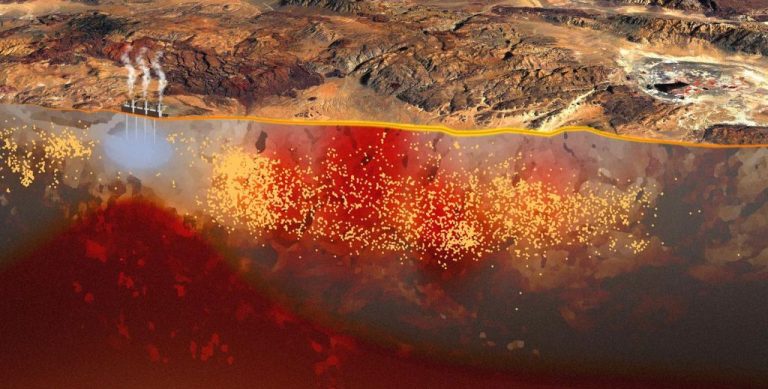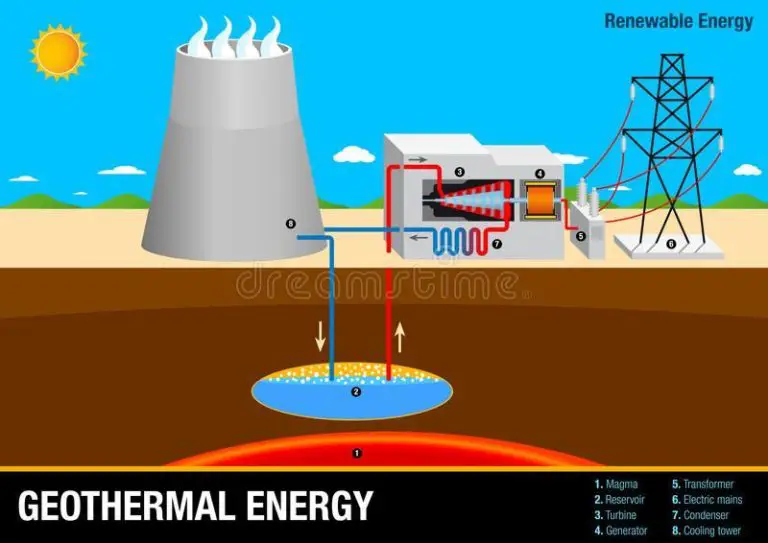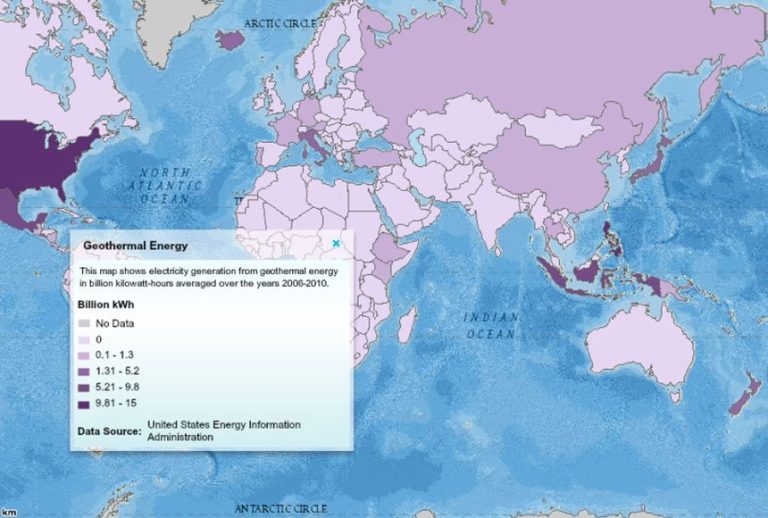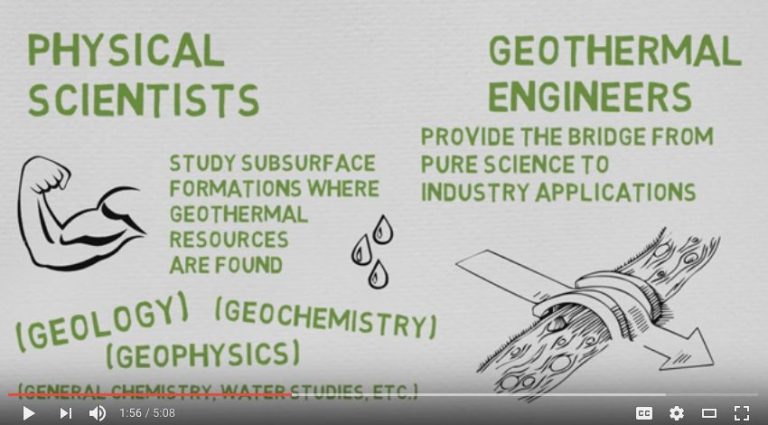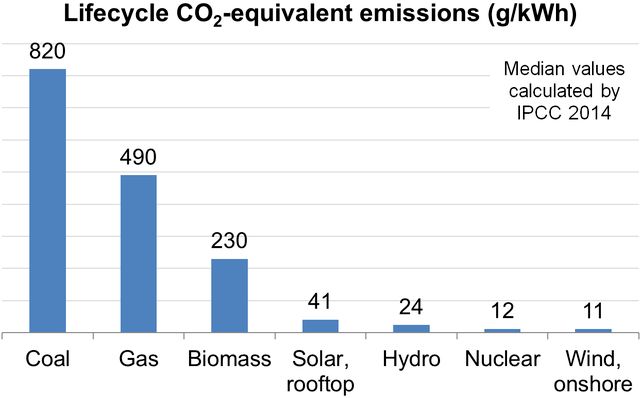What Problems Does Geothermal Energy Cause?
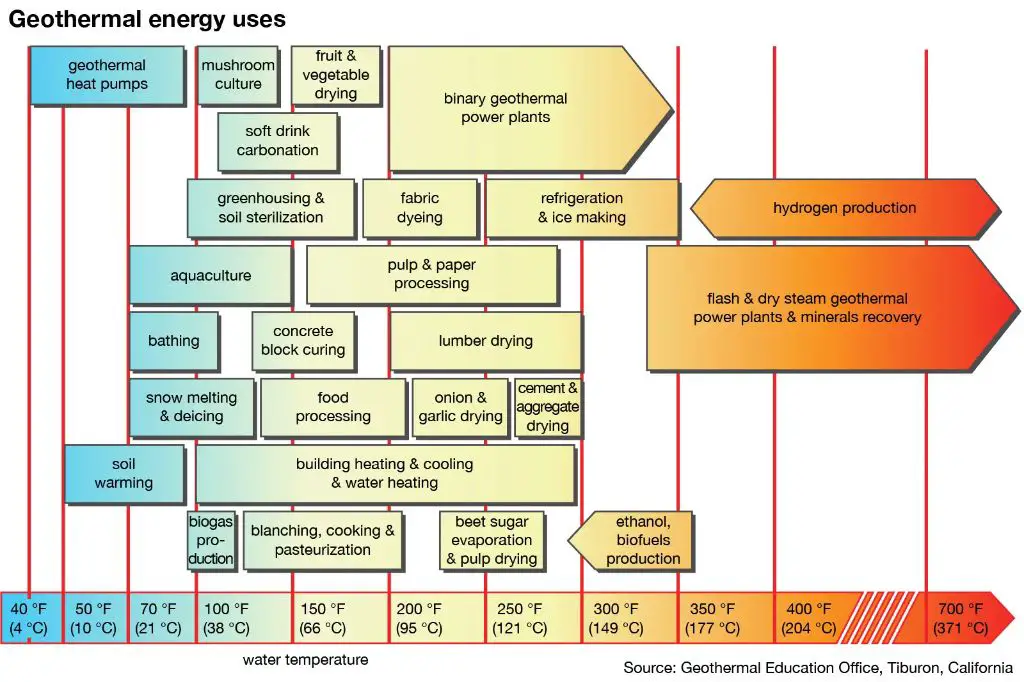
Geothermal energy is a renewable power source that utilizes heat from the Earth’s interior to generate electricity or heat buildings directly. While geothermal energy has several benefits, including being sustainable and emitting low greenhouse gases, it also comes with some potential problems and downsides.
In this article, we will examine the key issues that can arise with geothermal energy technology and systems. These include risks like geological instability, water pollution, air pollution, land subsidence, habitat loss, noise pollution, visual impacts, and the high costs involved.
Geological Instability
Geothermal power production can sometimes trigger earthquakes due to the drilling and water injection involved. Fracturing basement rock to create reservoirs along fault lines has been known to induce seismicity and small earthquakes.
For example, a project in Pohang, South Korea triggered a magnitude 5.5 earthquake in 2017 that injured dozens and caused significant structural damage. Investigations showed that fluid injection into a geothermal reservoir likely increased stress along a fault and triggered the seismic event. Experts concluded that projects should avoid injecting near faults to mitigate induced seismicity risks.
Research by Caltech scientists also found that lowering the water pressure in geothermal reservoirs could reduce the chance of induced earthquakes. Their models showed that decreasing reservoir pressure by just a small amount may be sufficient to prevent sizable quakes. Proper reservoir management is key to utilizing geothermal energy while minimizing seismic hazards.
Water Pollution
One of the major problems caused by geothermal energy is the potential contamination of groundwater with harmful minerals and chemicals. This occurs because geothermal plants require pumping large volumes of water from underground reservoirs. This water contains high concentrations of minerals like silica, chloride, and even trace amounts of toxic elements like arsenic, mercury, and boron. When the geothermal water is pumped back underground after passing through the plant, it can contaminate fresh groundwater resources.
The main contaminants from geothermal plants are sulfate, calcium, potassium, magnesium, and sodium. These minerals get concentrated at much higher levels compared to normal groundwater. If contaminated geothermal water mixes with freshwater aquifers, it renders that water unsafe for drinking and irrigation uses. Several cases of groundwater contamination due to geothermal energy operations have occurred in different parts of the world.
In addition to mineral contamination, geothermal plants often use chemicals like hydrogen sulfide abatement chemicals, anti-scaling agents, anti-corrosion agents, and biocides. If these chemicals enter groundwater, they can be highly hazardous. Proper disposal of geothermal wastewater is crucial to avoid polluting freshwater sources.
Air Pollution
Geothermal power plants release emissions such as hydrogen sulfide, ammonia, methane, and carbon dioxide into the air during operation. According to the Environmental Impacts of Geothermal Energy report by the Union of Concerned Scientists, “In open-loop geothermal systems, approximately 10 percent of the air emissions are carbon dioxide, and a smaller amount of emissions are methane and ammonia” (source). The amount of emissions varies based on the geothermal reservoir – reservoirs with more noncondensible gases like carbon dioxide tend to have higher emissions. According to the US Energy Information Administration, “Geothermal power plants emit hydrogen sulfide (H2S), carbon dioxide (CO2), ammonia (NH3), methane (CH4), and boron (B). The quantities emitted are far lower than a coal-fired or natural gas-fired power plant emits” (source). Proper emission control systems can reduce air pollution from geothermal plants.
Land Subsidence
One problem caused by geothermal energy is land subsidence, which is the sinking or settling of the land surface. Extracting geothermal fluids from underground reservoirs can contribute to subsidence in a few key ways:
First, as hot geothermal fluids are pumped out, pore pressure in the reservoir rocks decreases. With less pore pressure supporting the overlying rocks, compaction occurs and layers of rock compact together, leading to sinking at the surface (Sektiawan, 2016).
Additionally, when cold water is injected back into the geothermal reservoir, it can cool the hot rocks, causing them to contract and fracture. This contraction leads to further compaction and lowering of the land surface (Bloomer, 2001).
Studies show that subsidence is most pronounced in the first few years of geothermal production as pressure drops rapidly. However subsidence can continue for decades, with total sinking of several feet observed in some geothermal areas like Wairakei, New Zealand (Galloway et al., 1999).
Habitat Loss
Geothermal power plants can lead to significant habitat loss as land is cleared and excavated for geothermal wells, pipelines, power plants, and access roads (https://www.ucsusa.org/resources/environmental-impacts-geothermal-energy). In the western United States, geothermal development often occurs on public lands with high ecological value. Construction of geothermal infrastructure fragments and degrades habitat for wildlife species. One study found that a new geothermal power plant in California would impact over 1600 acres of habitat for sensitive species like the desert tortoise (https://www.osti.gov/servlets/purl/5057388). The roads and pipeline corridors built for geothermal facilities disrupt migration routes and increase roadkill mortality. Noise, traffic, and human disturbance from geothermal plants can displace wildlife from their native habitats.
Geothermal development also alters natural hydrology which can degrade wetland and riparian habitats critical for wildlife. WaterWithdrawal for geothermal power plants reduces surface water flows, while brine disposal changes water chemistry. Vegetation native to arid habitats often cannot tolerate the soil moisture changes caused by geothermal reservoirs and pipelines. Overall, geothermal power generation leads to fragmentation and loss of natural habitats that are difficult to restore.
Noise Pollution
Geothermal energy projects can generate high noise levels, especially during the drilling and construction phases. The sounds from drilling can be similar to a jet engine and heard from over a mile away, according to the Environmental Impacts of Geothermal Energy report by Clean Energy Ideas (source). Once operational, geothermal plants produce noise from turbine generator units, cooling towers, and pumps. While quieter than drilling, the noise can still impact surrounding communities if not properly mitigated.
According to a paper on geothermal noise issues, the noise from geothermal steam releases directly from wellheads can reach 140 dB, similar to a jet aircraft takeoff (Hunt, 1998). The high noise levels have raised concerns in some geothermal project areas, requiring noise reduction methods like sound insulation and locating equipment away from residences.
Overall, geothermal developers must follow regulations on noise pollution limits. With proper siting and noise control techniques, the noise impacts of geothermal projects can be significantly reduced.
Aesthetic Impact
Geothermal power plants and their associated infrastructure can have negative visual impacts on the surrounding landscape. The power plant facilities often consist of large, industrial-looking buildings that can be an eyesore, especially in natural settings.
According to an article from Utilities One, geothermal projects may impact the aesthetics of buildings or the surrounding area. Transmission lines bringing electricity from the geothermal site to the grid can also be visually unappealing.
Additionally, geothermal systems can require substantial above-ground piping for the transfer of hot water or steam. The scale and visibility of this infrastructure may detract from the natural scenery.
Architectural and landscaping choices can help mitigate the visual impact of geothermal plants. However, many stakeholders feel geothermal projects still degrade the aesthetics and natural beauty of an area.
High Costs
Geothermal power plants require a large upfront investment to drill wells and install piping and turbines. According to a Forbes article, the average cost for a residential geothermal system ranges from $17,000 on the low end to over $25,000 on the high end. The drilling alone can cost $10,000 to $30,000 depending on the depth needed. Commercial systems are even more expensive, with costs quickly running into the millions of dollars.
The high drilling and installation expenses make geothermal systems much more costly than traditional HVAC systems upfront. However, geothermal can provide savings over time through greatly reduced energy bills. The payback period is estimated at 3-10 years for residential systems. Still, the steep initial investment poses a major barrier for wider adoption of geothermal technology.
Conclusion
In summary, geothermal energy does come with some notable drawbacks and challenges. The main problems discussed include risks of induced seismicity and geological instability, potential for water pollution from mineral leaching, air and noise pollution near plants, land subsidence risks in some areas, impacts on wildlife habitats near facilities, and still high costs compared to conventional energy sources.
However, geothermal remains one of the most promising renewable energy sources available today. With thoughtful siting decisions, strict emissions controls, and careful reservoir management, many of these problems can be mitigated. Geothermal energy has enormous potential benefits as a reliable, sustainable energy solution. While the technology continues developing, geothermal is poised to play an increasing role in our energy future.

